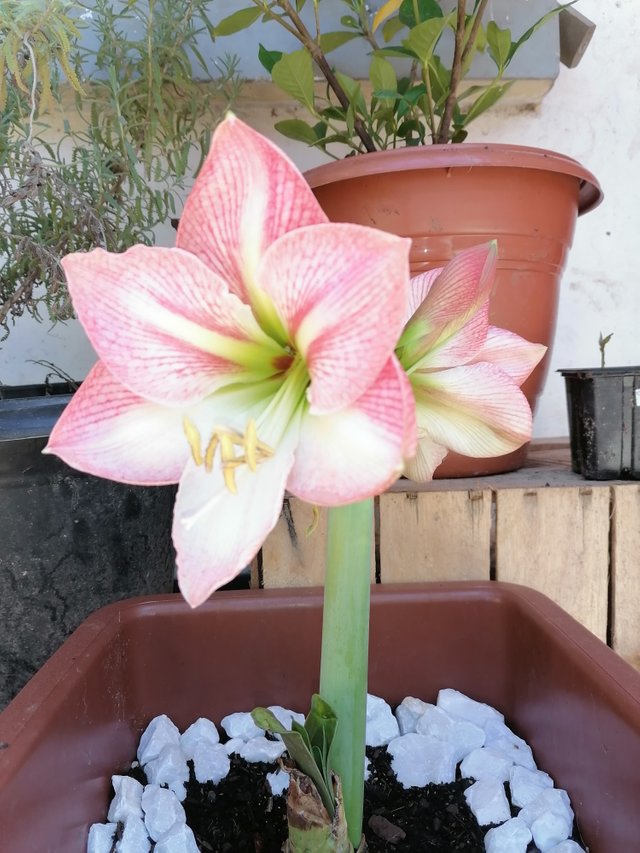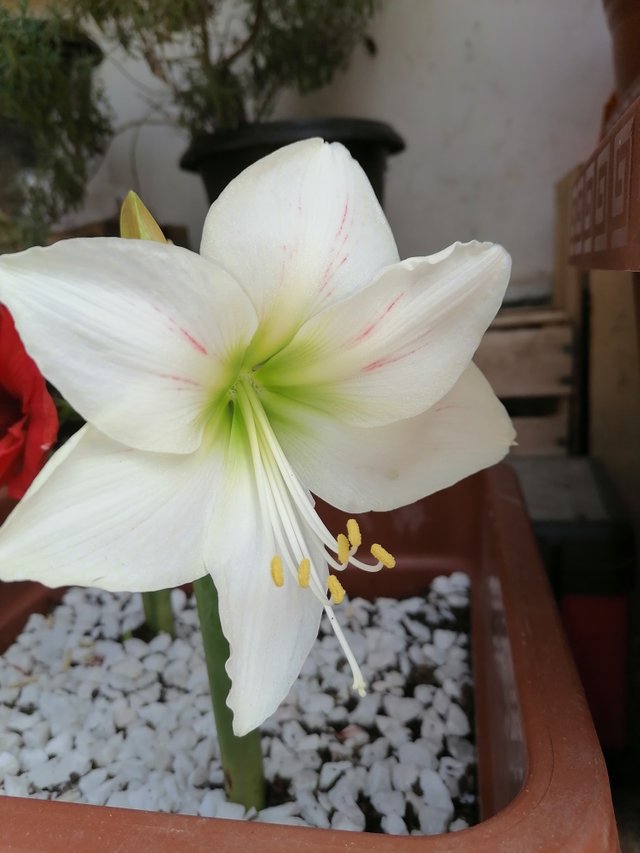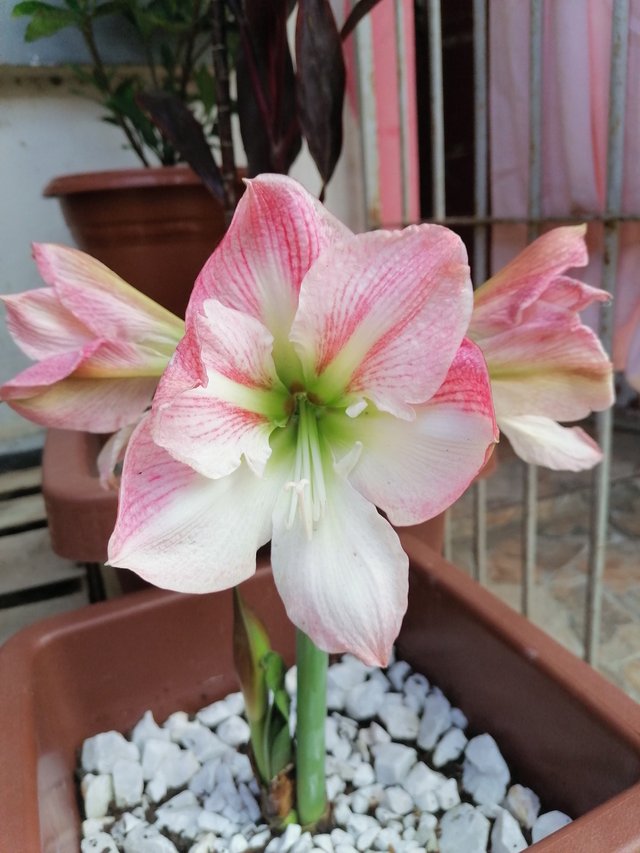


If you’re like most people, you are concerned regarding the standard of the air you’re breathing. There’s with great care abundant pollution nowadays, from factories and industries, vehicles, and second-hand smoke.
And it’s not simply outside, either.
Inside, you’re exposed to it same air, and no matter cytotoxic chemicals happen to be in your improvement product or the paint on your walls. There are many microorganisms living in your house.
independent agency created a report on “Interior Landscape Plants for Indoor pollution Abatement.” This study checked out varied plants, plus a carbon filter to envision whether or not the plants may absorb and purify toxins and microorganisms from indoor air.
supported this report and alternative thereforeurces of established research, we’ve compiled an inventory of the highest indoor plants which will facilitate purify your home’s air and shield you and your family from toxins and microorganisms.
better of all, several of those are terribly straightforward to grow and maintain, so even though you aren’t a green-thumb, you'll have clean air within your home.
One factor to stay in mind, though. These are live plants, so they’ll want care and attention. If you overwater, you may find yourself with mildew or alternative flora that may build the air worse rather than better.
make certain to follow directions and take care of your plants appropriately, so they’ll thrive and facilitate take away all those toxins from your air.
during this special report, we’ll uncover at the highest indoor plants that will purify the air you breathe, further as a way to care for them.
We’ll also cowl that toxins are possibly to be absorbed by every explicit plant so you higher perceive however every selection goes to figure in serving to clean the air.
If you follow our directions and place a touch work into caring for these plants, you’ll have a lovely, inexperienced home with a superior air supply.
Let’s begin!
Purifying Plant #1: Pothos
Houseplants are a valuable addition to any room. they bring about a vivacious beauty within and make a natural oasis inside your home. They enliven a uninteresting corner or window. the correct plant is an incredible accent piece, whether or not it’s a hanging pteridophyte or a tall palm tree. And of course, they assist produce lowerclassman air for you and your family.
one among these wondrous plants is thought as Pothos (otherwise referred to as ivy arum or Devil’s Ivy).
Pothos is one of the simplest houseplants to stay alive. It’s a tropical plant, therefore it likes the heat of an interior setting. It’s a trailing vascular plant with unsubdivided leaves and may develop to 6 to 10 feet in length.
Pothos can tolerate low lightweight and humidity, so it’s pretty straightforward to satisfy this plant and maintain it. However, for a healthier growth, provides it bright (but not direct) daylight and permit the soil to dry out between waterings.
In addition, you’ll need to settle on a well-draining potting soil. If your Pothos has pale leaves, it’s most likely obtaining an excessive amount of sun, whereas if you begin to note the looks of otherwise coloured zones at intervals the leaves, it suggests that it’s getting too little.
If it starts getting a touch leggy, simply prune it back to form it and management the length.
Note: Pothos and philodendron plants are often confused. Pothos stems are grooved, whereas liana stems aren’t. New philodendron leaves have a sheath that dries and falls off; pothos doesn’t have this sheath.
Pothos additionally like brighter lightweight and hotter temperatures than philodendrons. You’ll often see pothos sold-out in hanging baskets.
Tip: They aren’t serious feeders, so fertilize monthly to bi-monthly throughout the growing season.
as a result of it removes toxins like aldehyde and benzene, ordinarily found in contemporary paint, you regularly see this plant in offices or living rooms. However, it also absorbs carbon monoxide, so it’s an honest selection for a room as well.
And Pothos additionally absorbs xylol and trichloroethylene.
Word of Caution: This plant causes oral irritation and issue swallowing in pets, so ensure your dog or cat doesn’t chew on the leaves or stems.
Purifying Plant #2: Dwarf Phoenix dactylifera
The pygmy date palm could be a member of family arecacea, a massive cluster with over 2,600 species growing in tropical and sub-tropical zones of the world.
This explicit sort is named the date palm as a result of the small yellow flowers on the feminine trees crumple to violet dates once fertilized.
Palms have varied swish arched frond-like leaves that branch directly from the trunk and therefore the dwarf or pygmy selection will reach a height of six to 10 feet.
within the wild (Southeast Asia and Africa), they grow in the dense undergrowth on riverbanks, fully sun to partial shade. They don’t sort of a tidy sum of direct sunlight, however a little are going to be all it needs.